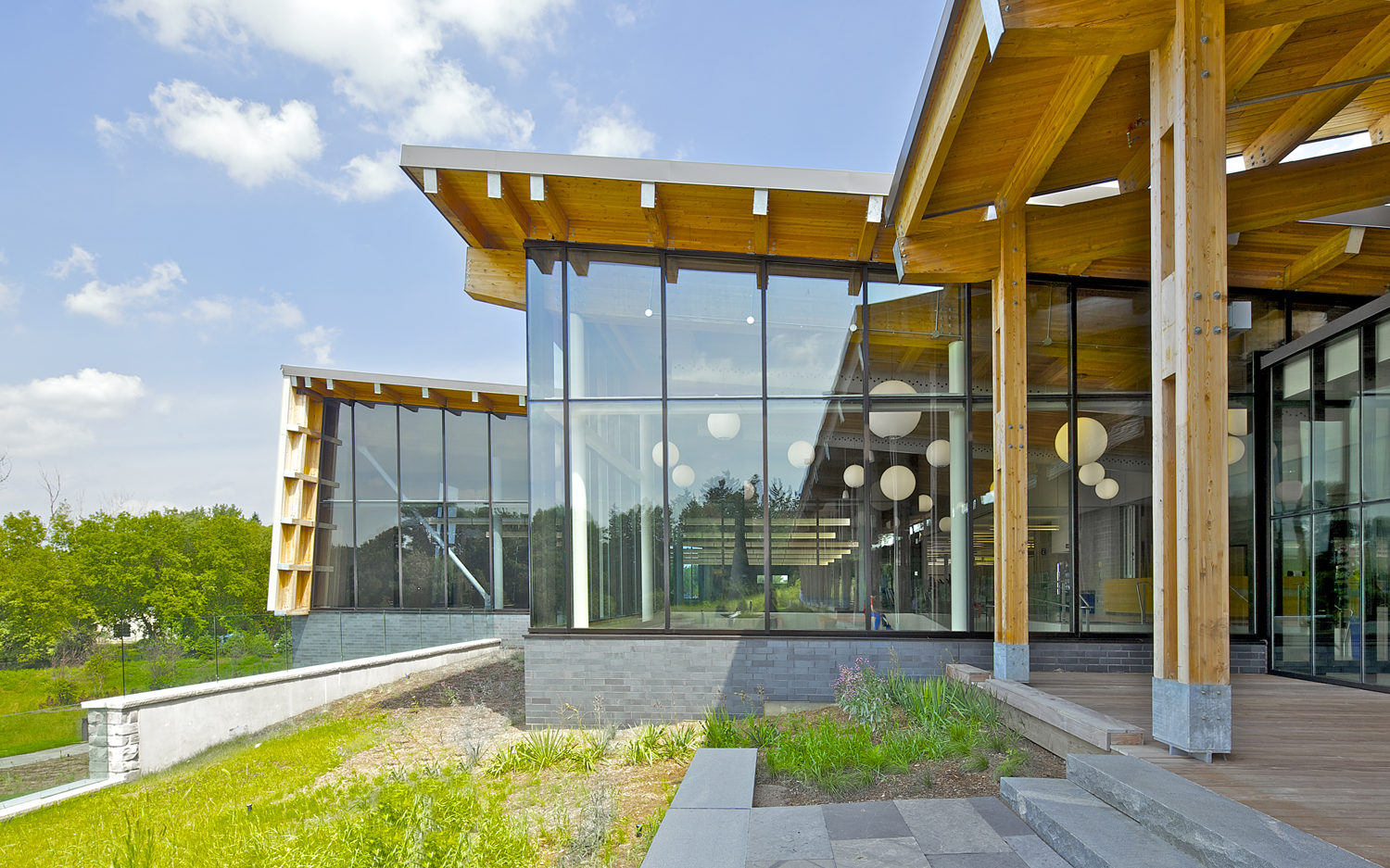
In a world where complexity often reigns supreme, the concept of simplicity is gaining ground in the construction industry. As construction professionals seek ways to improve efficiency, reduce costs, and enhance sustainability, the idea of simplifying construction processes and designs is taking center stage. In this blog post, we’ll delve into the significance of simplicity in construction, the benefits it offers, and how it’s reshaping the industry.
Construction projects have historically been associated with complexity. The intricate designs, numerous stakeholders, and vast amounts of materials and resources involved often lead to intricate project management and construction processes. However, this complexity can be a double-edged sword, often resulting in delays, budget overruns, and environmental inefficiencies.
The call for simplicity in construction is driven by several key factors:
- Efficiency: Simplified construction processes can lead to faster project completion, reduced costs, and enhanced project management.
- Sustainability: Simpler designs and construction methods often translate into more environmentally friendly projects with lower carbon footprints.
- Quality: Streamlining processes can improve project quality by reducing errors and complications.
- Resilience: Simplified designs and materials can lead to more durable and resilient buildings.
Streamlining Design and Planning
Simplicity begins with the design and planning phase of a construction project. Here are some ways it’s being applied:
- Minimalist Design: Architects and designers are increasingly embracing minimalist principles. This involves reducing unnecessary elements in building designs, focusing on functionality, and using clean lines and open spaces.
- Prefab and Modular Construction: Prefabrication and modular construction methods simplify the assembly process by manufacturing building components off-site. This reduces construction time and improves quality control.
- BIM and Digital Twins: Building Information Modeling (BIM) and digital twins allow for comprehensive digital representations of construction projects. These tools streamline planning, improve communication, and reduce errors.
- Materials Selection: Choosing simpler, more durable materials can simplify construction and improve sustainability. For example, cross-laminated timber (CLT) is a simpler, sustainable alternative to traditional building materials.
Simplicity in construction is a trend that’s reshaping the industry by emphasizing efficiency, sustainability, and quality. From minimalist designs and modular construction to lean project management and digital tools, simplicity is simplifying construction processes and leading to more sustainable, efficient, and resilient buildings.



